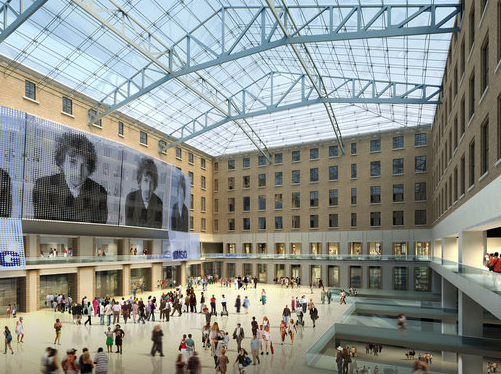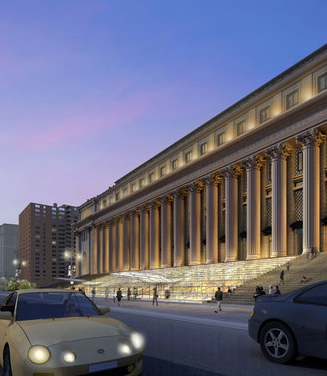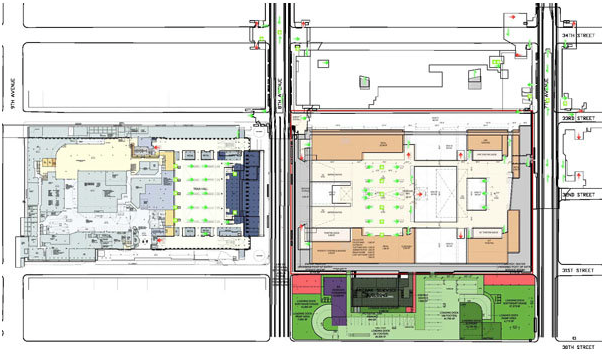With thirteen days left in their online Kickstarter campaign, the producers of the stage play, The Eternal Space, announced today three additional rewards for Kickstarter backers.
Added backer rewards include:
- A replica of the original 1910 train ticket used by the LIRR on its maiden run into NYC Pennsylvania Station.
- A digital ticket to allow fans of the show, anywhere, access to video footage of an upcoming showcase performance.
- A family-friendly visit to the United Railroad Historical Societies of NJ (URHS) train yard in Boonton, NJ. Railroad fans, young and old, will experience tours, witness restoration progress and access restored passenger cars, expertly restored by URHS volunteers. The excursion will also feature photo opportunities behind the controls of a PRR GG1 locomotive, a mainstay of the former Pennsylvania Railroad’s fleet.
These additions compliment existing rewards from notable photographer, Norman McGrath and other limited-edition items from NYC area artists.
Playwright Justin Rivers says, “I’m thrilled to be adding these new rewards for our backers. They complement our existing rewards and allow fans anywhere and everywhere, young and old, to participate in this show’s development”. Cassie Farrelly, producer, offered “We are thankful to the URHS for their involvement and support. We look forward to visiting Boonton and will continue to support the URHS in all of their impressive railroad preservation efforts”.
Kevin Phalon, spokesperson for the URHS, says: "The GG1 was the cornerstone locomotive of the Pennsylvania Railroad's electric fleet. They have one of the longest tenures on any locomotive ever built, and the fleet of 139 units pulled almost every train out of Penn Station from the late 1930s to the day the station was demolished. Exceeding speeds of 100 miles per hour, the GG1 carried passengers from New York City to the state of Pennsylvania, the nation's capital, and beyond. The URHS is the only railroad preservation group in the country to have two of these locomotives restored. They are two of the key existing artifacts for telling the story of Penn Station and we are proud to partner with The Eternal Space to share them with those who have contributed to the project."
About the URHS: The United Railroad Historical Society of NJ is a historic preservation group tasked with restoring a collection of railroad equipment for the future NJ Railroad Museum. The organization was formed in 1987 and is governed by delegates from 15 NJ-based railroad groups. In lieu of permanent museum site, the URHS preserves railroad history by leasing operational equipment to railroads, running excursions with Amtrak-certified train cars, and restoring locomotives and cars at the Boonton Yard Restoration Facility.
























